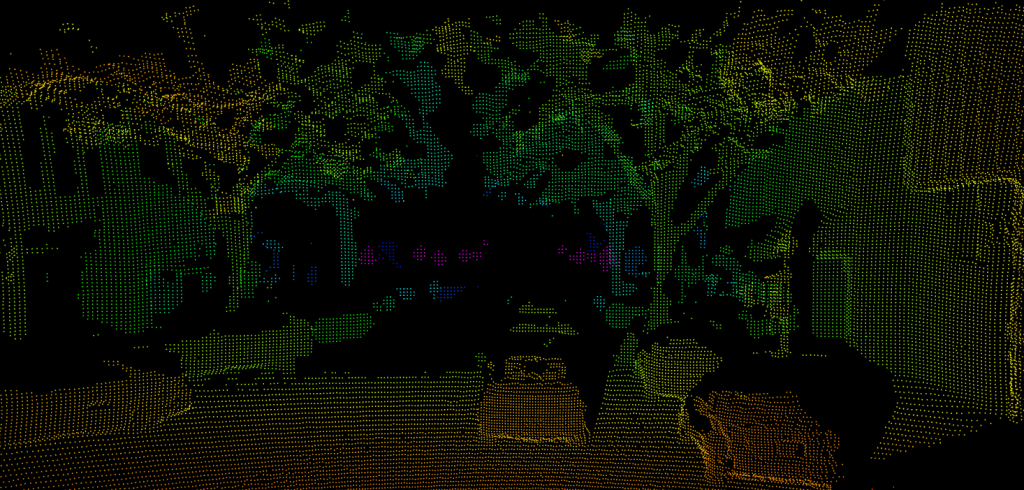San Francisco-based Sense Photonics is claiming an industry-first, having successfully demonstrated 200m detection with its proprietary global shutter flash lidar system.
The Sense system leverages the company’s proprietary emitter and SPAD sensor technologies. Sense Silicon, a backside illuminated CMOS SPAD device with more than 140,000 pixels, is designed to work seamlessly with the Sense Illuminator, a distributed 940nm laser array of more than 15,000 VCSELs. Together, they are the core building blocks of Sense’s camera-like architecture enabling the first high-resolution, eye-safe, global shutter flash lidar that can detect 10% reflective targets at 200m range in full sunlight, outputting tens of millions of points per second. Global shutter acquisition sets a new standard in the long-range lidar industry by removing the need for complex motion blur correction while allowing pixel-level, frame-by-frame fusion with RGB camera data.
“We have delivered what industry experts thought was impossible due to our 940nm wavelength, and have created a revolutionary new architecture with the Sense Illuminator, Sense Silicon, and our state-of-the-art signal processing pipeline to miniaturize the data output,” said Hod Finkelstein, CTO, Sense Photonics. “Our lidar systems will solve the shortcomings that OEMs, Tier 1 suppliers and robotaxi companies have been dealing with in competing lidar technologies.”
Sense uses mature manufacturing and cost-effective assembly processes used in today’s consumer technology industries and unlike legacy lidar technologies, its flash architecture eliminates the need for fine alignment between emitter and receiver, maintaining sensor calibration and depth accuracy during shock and vibration.
Additionally, the architecture, which is geared specifically for mass-market automotive adoption, is designed as a platform to enable customer-specific product variations with a simple change in optics, and the first to be able to provide both short- and long-range capabilities from the same architecture.
“In order to scale past niche automotive R&D projects for ADAS and AV, lidar sensors must fit within the vehicle’s acceptable system cost, package and reliability requirements,” added Shauna McIntyre, CEO, Sense Photonics. “Sense pushed the boundaries of performance by designing application-specific VCSELs and SPADs that take advantage of the economics of wafer-scale fabrication.”
The innovative flash architecture from Sense Photonics is already capturing the interest of automakers, AV companies and Tier 1 suppliers. Customer evaluation systems are being finalized and will be available mid 2021 to meet current demand requirements, with start of production being planned for late 2024.


